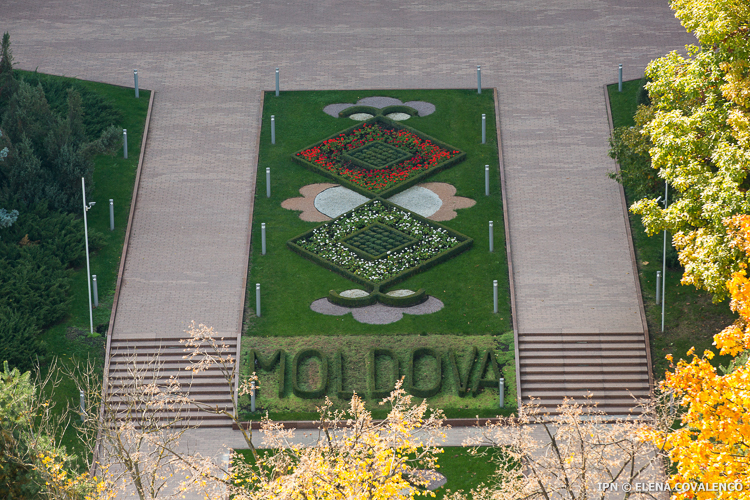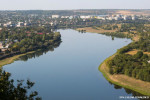
The territory of the Republic of Moldova is divided into administrative-territorial units of the first and second level. The first level includes municipalities, cities, towns, communes and villages, while the second level is made up of districts, the municipalities of Chisinau and Balti and the autonomous unit of Gagauzia.
The Republic of Moldova comprises 896 first-level administrative-territorial units, 32 districts, the municipalities of Chisinau and Balti, and two special entities: Gagauzia and the Transnistrian region, the latter being outside constitutional control.

The Republic of Moldova has 13 municipalities: Chisinau, Balti, Balti, Bender, Tiraspol, Comrat, Cahul, Orhei, Ungheni, Soroca, Dubasari, Edinet, Calarasi and Hincesti. They represent important economic, administrative and cultural centers within the territorial structure of the country.
Chisinau, the capital of the Republic of Moldova, is the largest urban center both in terms of area and number of inhabitants. With about 670 thousand officially registered inhabitants, Chisinau concentrates almost one third of Moldova's urban population. Unofficially, more than one million people live in the capital. Chisinau is also the largest administrative unit of its kind, covering an area of about 571 square kilometers.
At the other end of the spectrum are towns like Costesti, in the Riscani district, which has about 3000 inhabitants. Although it has the status of a city, Costesti has a population comparable to that of an average village and a modest land area.
Moldova has 916 communes, each with two or more villages. In total there are 1237 villages. While some communes have tens of thousands of inhabitants, others are made up of almost depopulated villages, such as Cuconestii Vechi in the Edinet district, where in 2004 there was only one person registered. The smallest commune is Salcia, Taraclia district, where around 300 people are registered.
The largest village in terms of population is Congaz in UTAG, with more than 11 thousand inhabitants, exceeding the size of some cities. In contrast, the village of Țepilova in the Soroca district is among the smallest, with only a few dozen permanent inhabitants.
In terms of surface area, Razeni commune in the Ialoveni district is one of the largest, with over 7 700 hectares, while some villages in the north of the republic, such as Duma in the Călărași district, barely occupy a few hundred hectares.
As a result of internal and external migration, more than 200 localities are at risk of complete depopulation in the coming decades. At the same time, cities such as Chisinau and Balti are attracting the working population by constantly expanding their areas.
Changes such as the reorganization of localities in the Chisinau municipality have led to significant changes in the classification of certain localities. For example, the locality of Stăuceni was reclassified from "village" to "town", and the locality of Goianul Nou was moved from the category "localities within the village" to "localities within the town". These changes are part of a continuous process of adaptation to the administrative-territorial needs of the country, which underwent a reform in 2001, when the country moved from a county-based to a district-based organizational system. Since then, the administrative structure has not undergone any major changes, with the exception of periodic updates in the official classifier, such as in 2024.

In the perspective of good local governance, territorial units have decision-making and organizational autonomy and local authorities are responsible for managing their own public affairs.

















